Preventing Flow Lines in Injection Molding
Author: SAIVS Date Published: Jul 22,2024
Flow lines, visible as streaks or wave-like patterns on the surface of molded parts, are a common aesthetic defect in Injection molding. Although they typically do not affect a part's functionality, their unsightly appearance can significantly reduce marketability. This article explores the causes of flow lines and various strategies for preventing or minimizing them during injection molding.
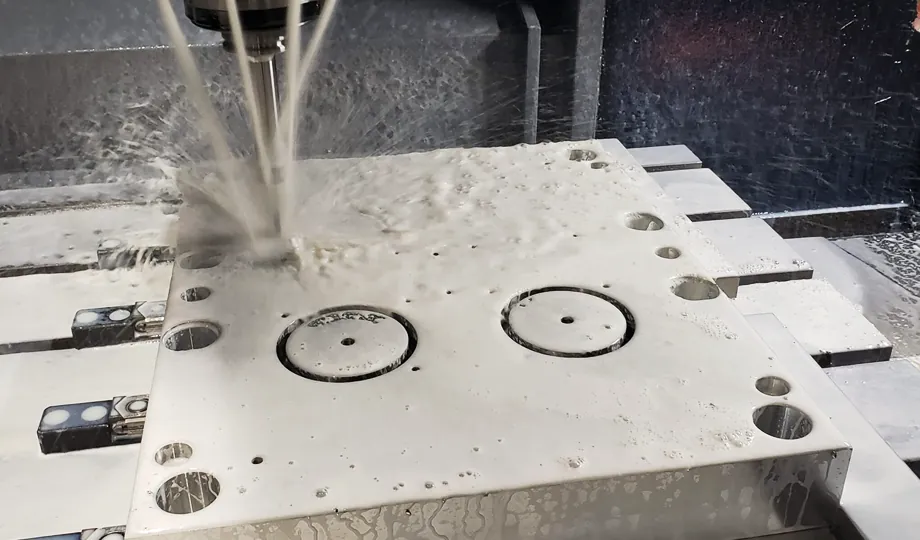
Causes of Flow Lines
Uneven Cooling:
Variations in cooling rates across the mold are a primary cause of flow lines. Thinner sections cool faster than thicker ones, leading to uneven flow patterns as the molten plastic fills the mold. This discrepancy creates visible lines where cooler, partially solidified plastic meets hotter, flowing material.
Mold design:
Poor mold design can exacerbate flow lines. Uneven wall thickness disrupts the flow, and sharp corners or complex geometries force the plastic to change direction abruptly, leading to flow line formation. Additionally, improper gate placement or inadequate venting can trap air and hinder smooth flow.
Process Parameters:
Inappropriate process parameters can also contribute to flow lines.
Injection Speed and Pressure: Slow injection speeds allow the plastic to cool prematurely, hindering complete mold filling. Conversely, excessively high injection speeds can cause turbulence and disrupt the flow pattern.
mold temperature: A mold temperature that is too low can cause rapid cooling, while a temperature that is too high can lead to warping, both contributing to flow lines.
Material Properties: Different plastic materials have varying flow characteristics and cooling rates. Failing to consider these properties during process parameter selection can result in flow lines.
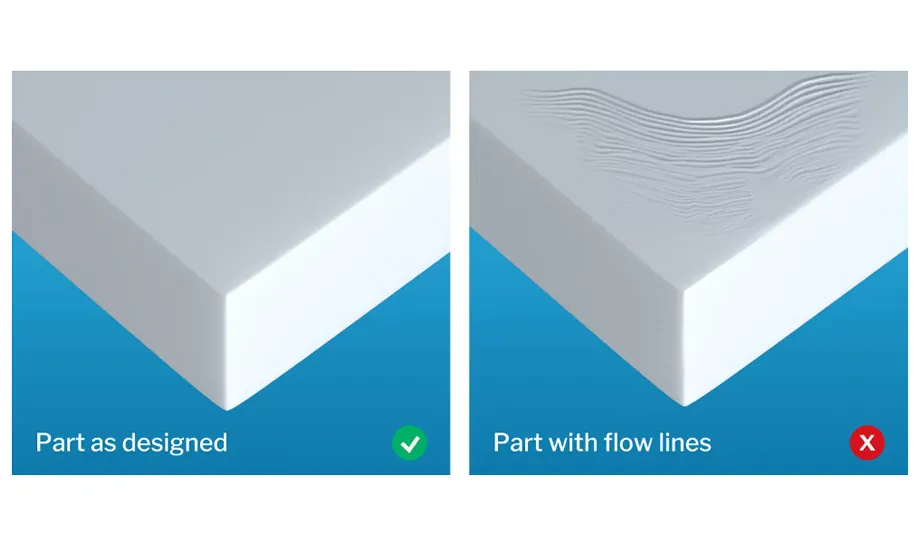
Preventing Flow Lines
Mold Design Optimization:
Uniform Wall Thickness: Maintaining uniform wall thickness throughout the mold design is crucial for even flow and cooling.
Eliminate Sharp Corners: Removing sharp corners and simplifying complex geometries promotes smoother plastic flow.
Strategic Gate Placement: Placing gates in thicker sections allows for a more balanced flow across the mold.
Proper Venting: Implementing proper venting facilitates the evacuation of trapped air, promoting consistent flow.
Process Parameter Control:
Controlled Cooling: Fine-tuning the mold temperature and coolant flow allows for controlled and uniform cooling. Molds with high thermal conductivity materials can further enhance uniform cooling.
Temperature Adjustments: Adjusting the melt temperature, nozzle temperature, and barrel temperature can influence the plastic's viscosity and flow behavior. Increasing these temperatures within an acceptable material range can help prevent premature cooling.
Optimizing Injection Speed and Pressure: Generally, increasing injection speed can help fill the mold before the plastic cools excessively. However, excessively high speeds can cause turbulence, necessitating careful adjustments.
Post-Processing Techniques:
Although not ideal, certain post-processing techniques can mask flow lines for parts with less stringent aesthetic requirements.
Surface Texturing: Texturing the mold surface to create a matte finish can hide flow lines.
Painting and Pad Printing: Applying paint or pad printing can cover flow lines.
Metallization: Applying a thin metallic coating can also disguise flow lines.
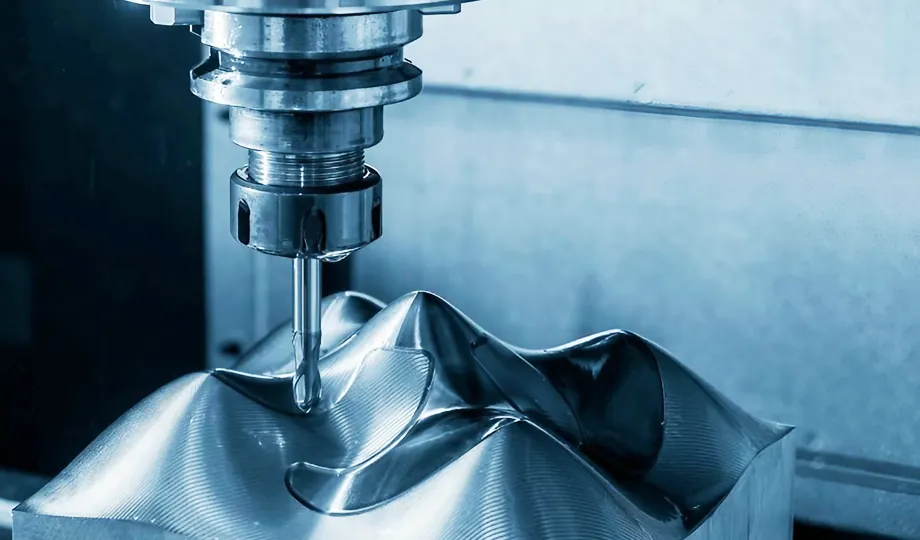
Conclusion
manufacturers can effectively prevent flow lines and achieve high-quality parts with a smooth, visually appealing finish by carefully considering mold design, optimizing process parameters, and potentially employing post-processing techniques. By addressing the root causes and implementing these strategies, flow lines can be minimized, resulting in aesthetically superior products.
Why Choose SAIVS™ as Your Supplier?
1.Superb Quality Control Management
At SAIVS, we take pride in our perfect quality management systems and procedures, which guarantees the excellent performance of all our producs, being a professional Investment Casting | Die Casting| Sand Castingmanufacturer in China.
2.Rich Production Experience
With 20 years of experience in production, SAIVS has a deep understanding of the market and trends, and strives for continuous research and innovation. This has created advantages in both the product's performance and appearance.
3.Competitive Prices
As a Chinese factory committed to becoming the most cost-effective Investment Casting | Die Casting| Sand Castingexporter in China, SAIVS provides high-quality products at advantageous prices. By lowering costs and increasing efficiency, we ensure that our customers receive the best possible value for their investment.
4.Perfect After-sales Service
At SAIVS, we strive to provide superior customer service that meets and exceeds expectations. We are always available for any questions or concerns you may have, and we stand by our commitment to providing excellent after-sales support.
Related Posts
-
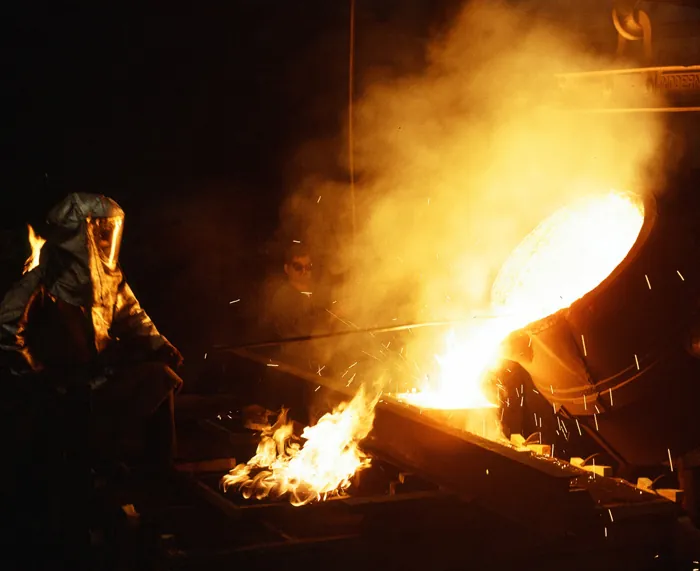
What Is Sand Casting And Its Process
What is sand casting?Sand casting is a metal casting process that uses sand to create the mold in which the metal is poured. It is the most common casting proce...
-
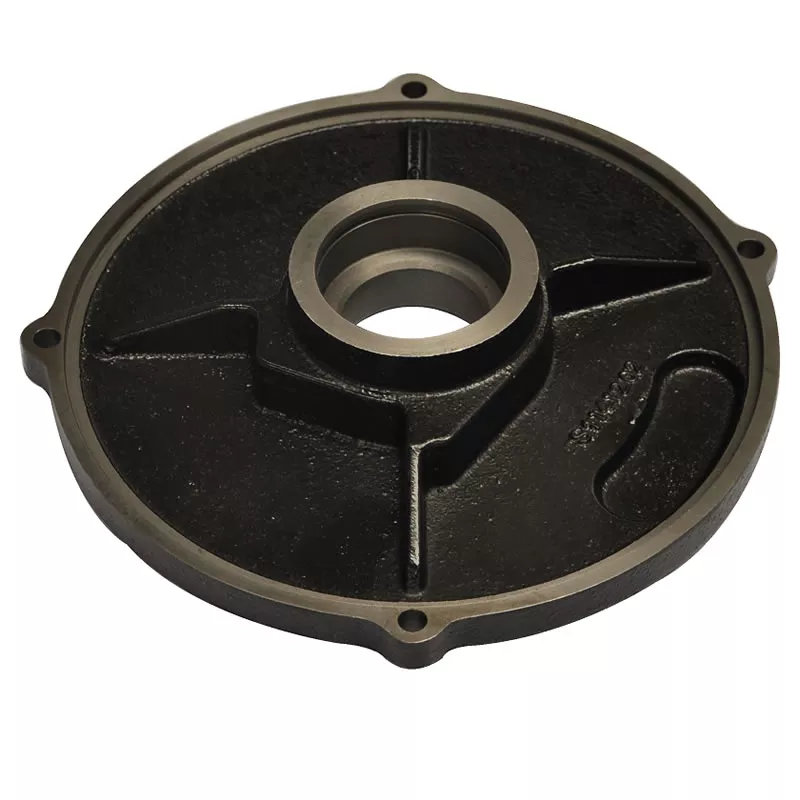
Characteristics of Sand Casting and Its Application
The production of aluminium alloy castings by sand turning casting with clay bonded sand as molding material has a long history and is also the most widely used...
-
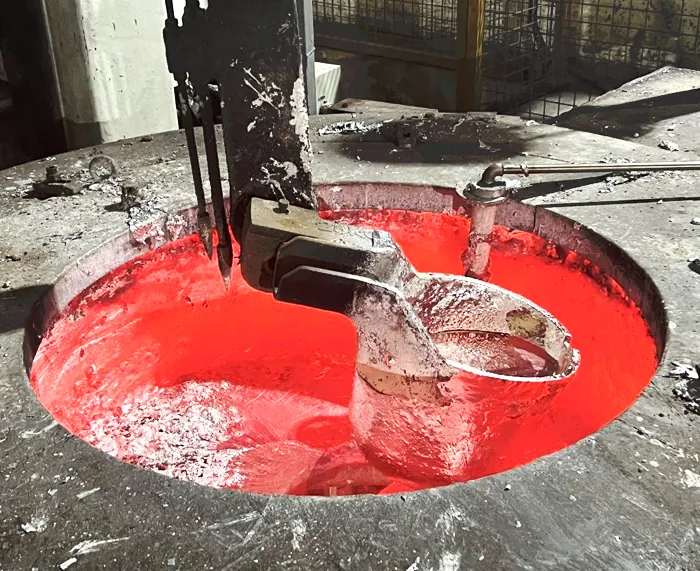
Porosity Issues in Aluminum Die Castings: Formation, Types, Effects, and Solutions
This article aims to provide a comprehensive overview of porosity issues in aluminum die castings.
-
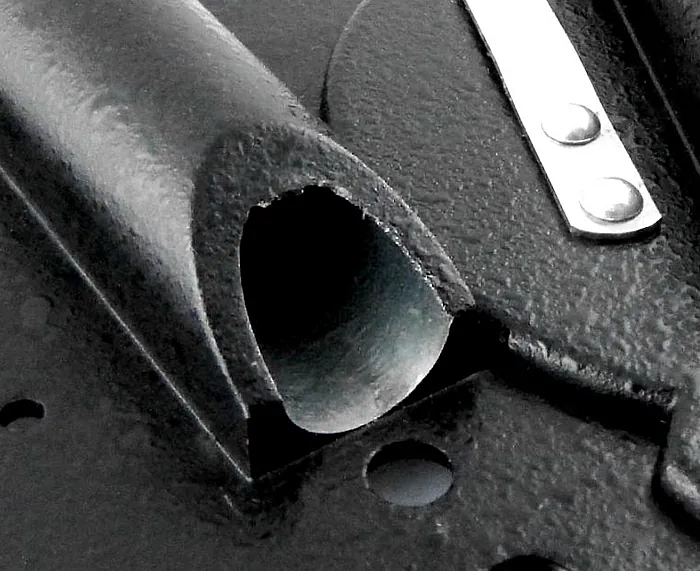
Network Burrs in Aluminum Alloy Die Casting
Learn how optimizing die design, controlling temperatures, adjusting fill speeds, and improving cooling systems can enhance casting quality and production effic...
-
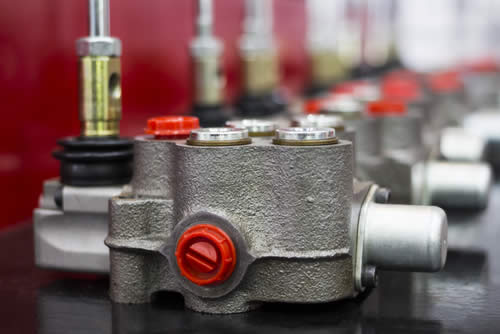
why zinc die casting is used for automotive components
The zinc die casting process is widely used for making components in industrial and building sectors, but the most common application of it is in the automotive...
-
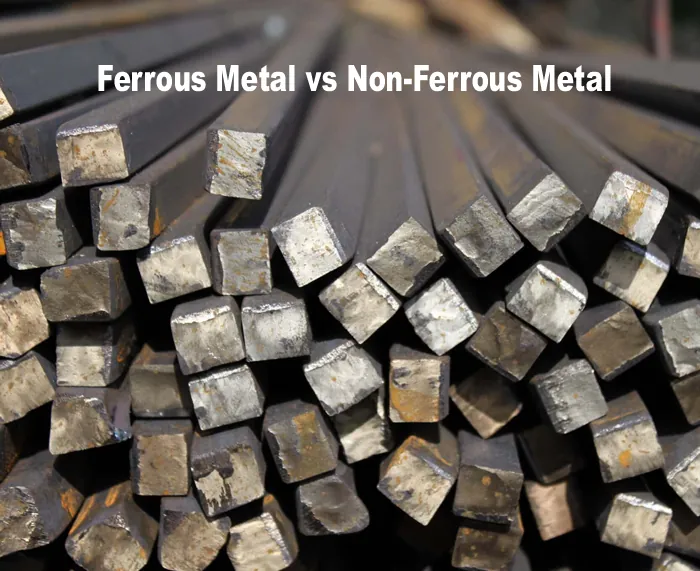
From Iron Alloys to Aluminum Alloys: Understanding the World of Ferrous and Non-Ferrous Metals
Delve into the world of metals with this comprehensive guide to ferrous and non-ferrous metals. Explore their properties, applications, and key differences.

